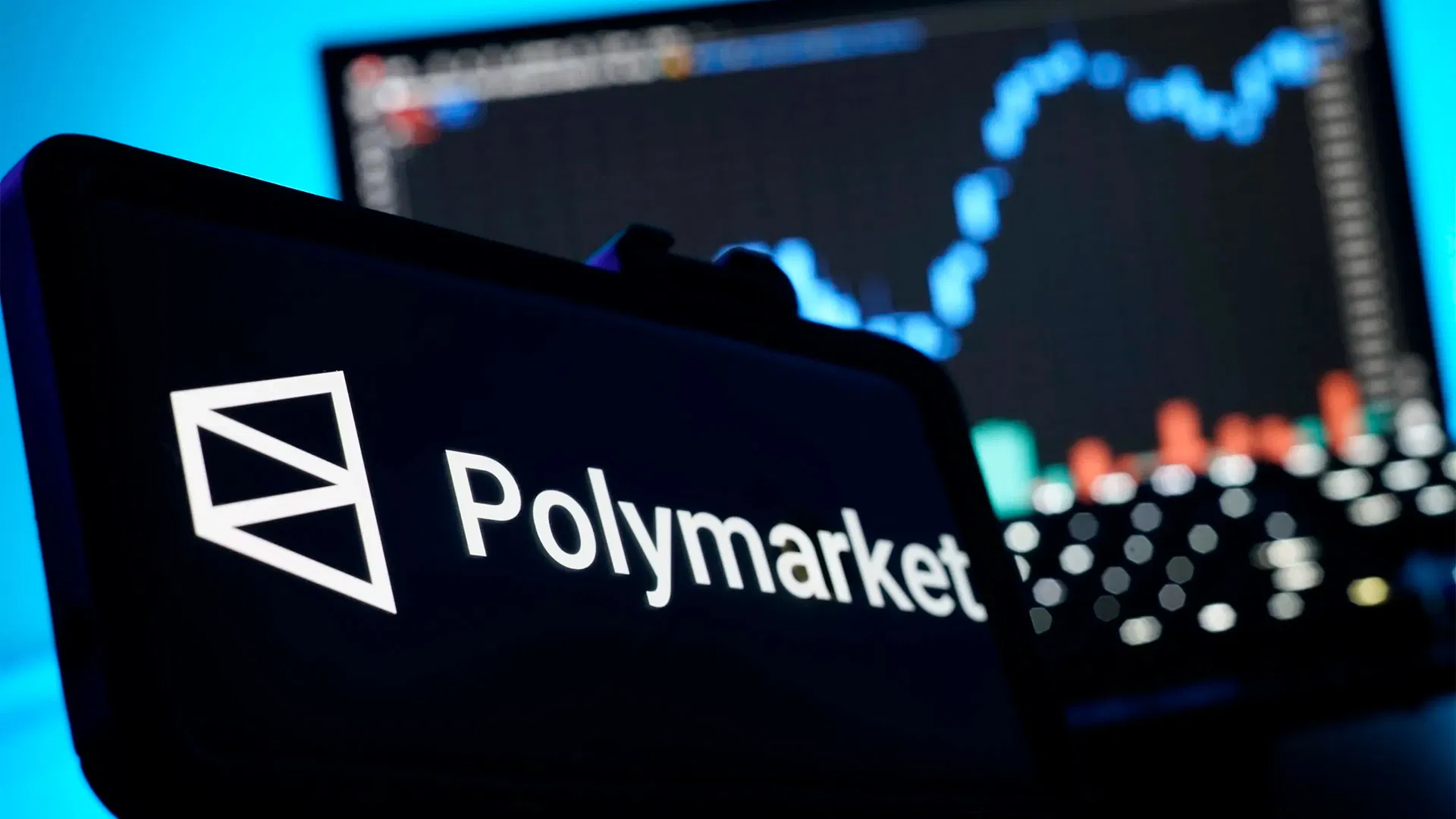Digital euro may launch on Ethereum or Solana as Brussels scrambles for sovereignty
The European Union is accelerating work on a digital euro and is weighing public blockchains, including Ethereum and Solana, for issuance and settlement, per the Financial Times.
The move follows passage of U.S. stablecoin legislation and a market dominated by dollar-pegged tokens, a backdrop that raises concerns inside European institutions about the euro’s role in digital payments.
The European Central Bank detailed steady preparation in its third progress update, including rulebook drafting, user research, and an innovation platform with around 70 market participants, as disclosed in its July 16 press release and accompanying report.
The ECB’s public timeline states the preparation phase runs to October 2025, after which the Governing Council will decide on the next steps, while issuance would still require EU legislation, per the central bank’s project page.
Strategic autonomy has been the core policy driver. In April, Executive Board member Piero Cipollone told the European Parliament’s ECON committee that a digital euro would reduce structural dependence on non-EU payment rails and support a resilient retail payments baseline for the bloc, as recorded in the ECB’s introductory statement and related BIS posting.
Those remarks frame the urgency of a legislative path and the policy objective of anchoring day-to-day payments in central bank money in both online and offline settings.
The regulatory perimeter is already in place. The EU’s Markets in Crypto-assets Regulation, Regulation 2023/1114, entered into force in June 2023.
Stablecoin provisions covering e-money tokens and asset-referenced tokens have been in effect since June 30, 2024, and the broader framework for crypto-asset service providers has been in effect since December 30, 2024, per ESMA, the Commission’s delegated-acts portal summary, and the Official Journal entry.
This staged regime gives EU authorities a harmonized platform to supervise euro-denominated tokens and service providers ahead of any CBDC launch.
Considering public chains implies a distribution model that could interface with existing wallets and tokenized assets while still enforcing scheme rules through intermediaries. Privacy, holding limits, and offline usability remain design constraints under ECB workstreams, and no architecture has been selected, as the central bank’s July documentation makes clear.
The FT’s reporting characterizes the exploration of Ethereum and Solana as a policy opening rather than a finalized choice, which aligns with the ECB’s technology-neutral posture today.
Europe already has precedents for using public blockchains in institutional finance. The European Investment Bank issued a €100 million two-year digital bond on Ethereum in April 2021, documented in the EIB’s press release. Central banks have also trialed public-chain infrastructure for wholesale CBDC.
BIS Project Mariana, with the Banque de France, the Monetary Authority of Singapore, and the Swiss National Bank, demonstrated cross-border FX trading of wholesale CBDCs using DeFi concepts on a public blockchain, per the BIS overview and final report PDF. Those experiments do not pre-judge an ECB decision; they show operational patterns for tokenized central bank liabilities on permissionless networks.
Governance and compliance would hinge on scheme rules and supervised intermediaries under MiCA, while technology selection would shape interoperability with tokenized deposits, securities, and stablecoins.
The ECB has reiterated that issuance depends on EU co-legislators, and external timelines point to a political deal no earlier than 2026, as Reuters reported in May. The preparation phase remains on track, according to the ECB’s July update, and testing with market participants continues under an innovation platform framework.
The policy turn that brings Ethereum and Solana into scope arrives as EU supervisors enforce MiCA on stablecoin issuers and service providers, and as the ECB refines privacy and offline parameters for a potential retail CBDC.
The assessment of public chains is now active, the legislative pathway remains the gating item, and no final technology or issuance decision has been taken today.
The post Digital euro may launch on Ethereum or Solana as Brussels scrambles for sovereignty appeared first on CryptoSlate.
Disclaimer: The content of this article solely reflects the author's opinion and does not represent the platform in any capacity. This article is not intended to serve as a reference for making investment decisions.
You may also like
Interpretation of the Fusaka Upgrade: Scaling, Cost Reduction, Acceleration—Another "Performance Leap" for Ethereum
After Fusaka, will Ethereum usher in a brand new growth cycle?

Data manipulation? The real logic behind Polymarket's 10 billion valuation is...

Take a break from the market and buy a cup of coffee with an on-chain wallet: What problem does Neobank actually solve?
Neobank focuses on the most fundamental need of every individual: whether you have a 100% win rate on-chain or have unfortunately been liquidated, when you return to off-chain life, you still need to eat well.


![[Bitpush Daily News Highlights] US Treasury Secretary Bessent: Stablecoin market size may grow to $3 trillion by 2030; Canary XRP ETF has completed listing certification on Nasdaq and will begin trading at market open; Federal Reserve mouthpiece: Most regional Fed voting members are not enthusiastic about a rate cut in December; SEC plans to introduce a “token taxonomy”: anchored to the Howey Test, exploring crypto assets](https://img.bgstatic.com/multiLang/image/social/2784dd8e7bd27fe052703623026817c01762923962365.png)